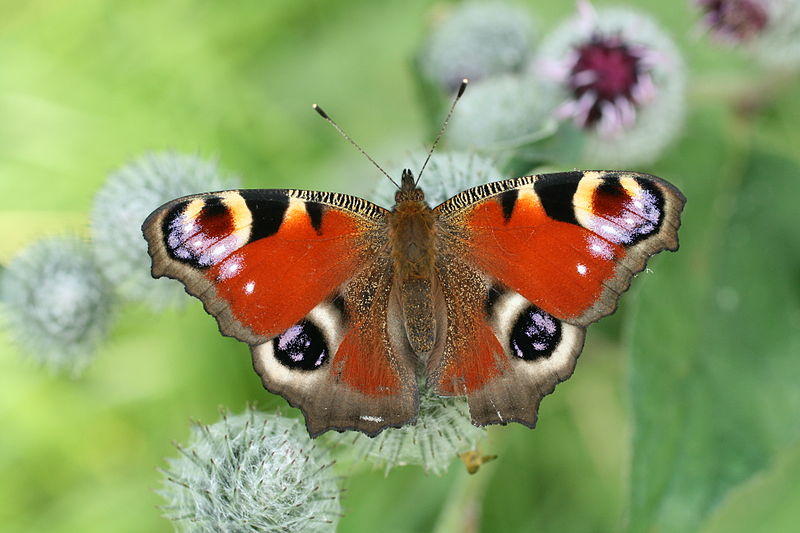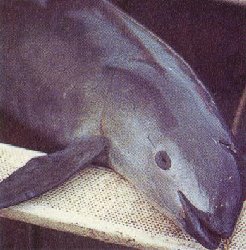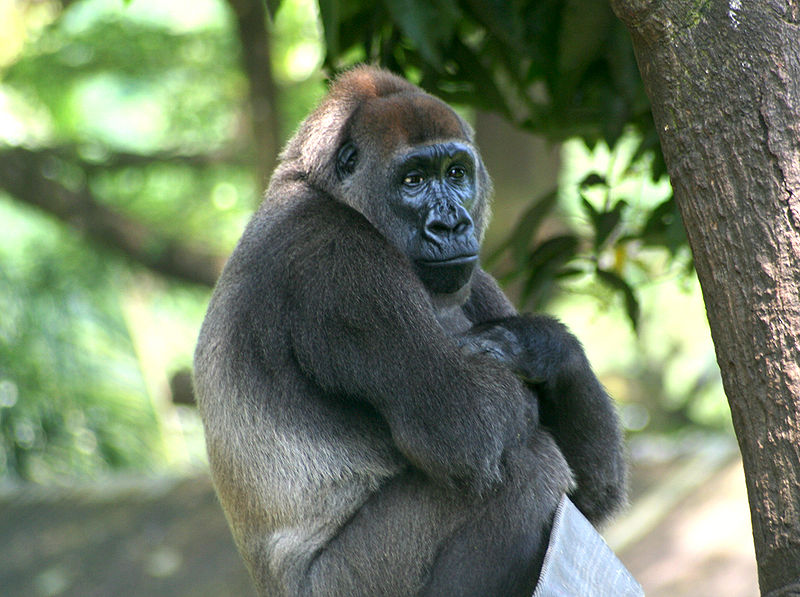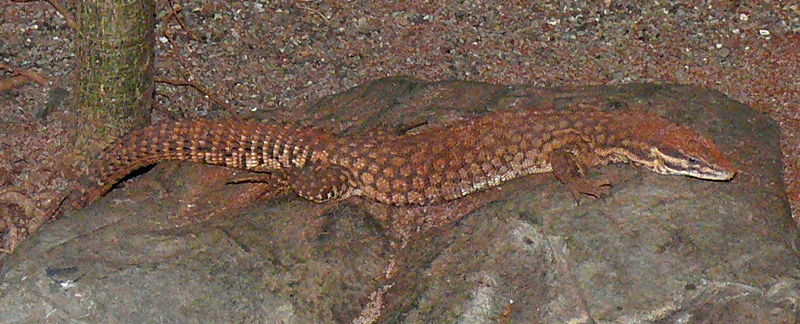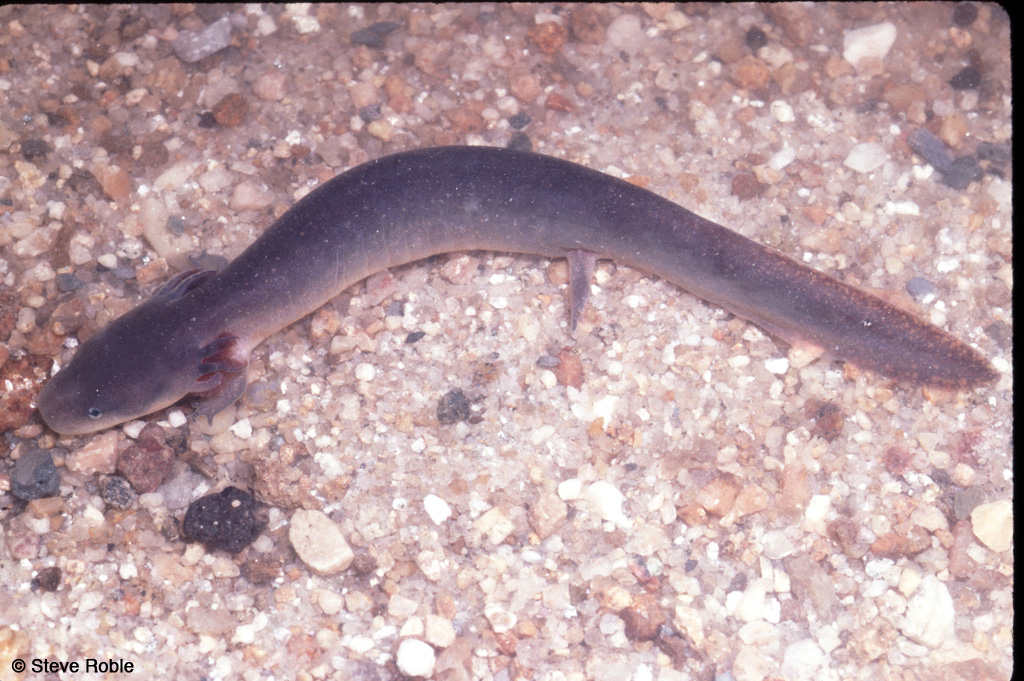
After spending yesterday looking at the beautifully coloured Oriental Fire-Bellied Toad, today’s amphibian may seem to be a little boring but I promise you will enjoy the Dwarf Waterdog despite their lack of fashion flare. That’s right folks! Today we are heading to the United States to learn about a medium-sized (or small-sized, depending how you look at it) salamander that is endemic to the USA. You are probably going to get wet on this trip so you may want to bring your rubber boots and a change a clothes.
The Dwarf Waterdog is a fully aquatic salamander that loves hanging out in slow-moving streams filled with sand and leaves, however, they will live in clear, fast-moving streams as well. Throughout their home range, there are plenty of deep irrigation ditches that provide the perfect slow-moving habitat for our amphibian friend. Interestingly enough, the Dwarf Waterdog is most active during the winter months, which is definitely different than my behaviour. Similarly, these salamanders tend to be nocturnal, so it may be a challenge to find a few specimens for us to study.

Okay, so why are they called Dwarf Waterdogs? How small are they? Well, their average length is about 19 cm (7.5″), which doesn’t seem dwarf-like to me. I know plenty of other salamanders that are much smaller than this but weren’t tagged with the dwarf pre-fix, so what gives? Unfortunately, our Waterdog friend here is being compared to other members of its family, Proteidae, which tend to be much larger – about 3 times larger than the Dwarf Waterdog. I guess they are just the runt of the family but I have always found the runt to be just as important as every other member.
Dwarf Waterdog Fast Facts – The Dwarf Waterdog has four-toed feet, a set of large, red, feathery gills and of course the ever-popular flattened tail. Obviously, all of these features allow our amphibian friend to spend the majority of their time in slow (or apparently fast) moving water.
Well, that just about does it for our trip to the United States of America. I hope all of you enjoyed playing around in the streams today and will join me tomorrow for another animal fact. Enjoy the rest of your day.

